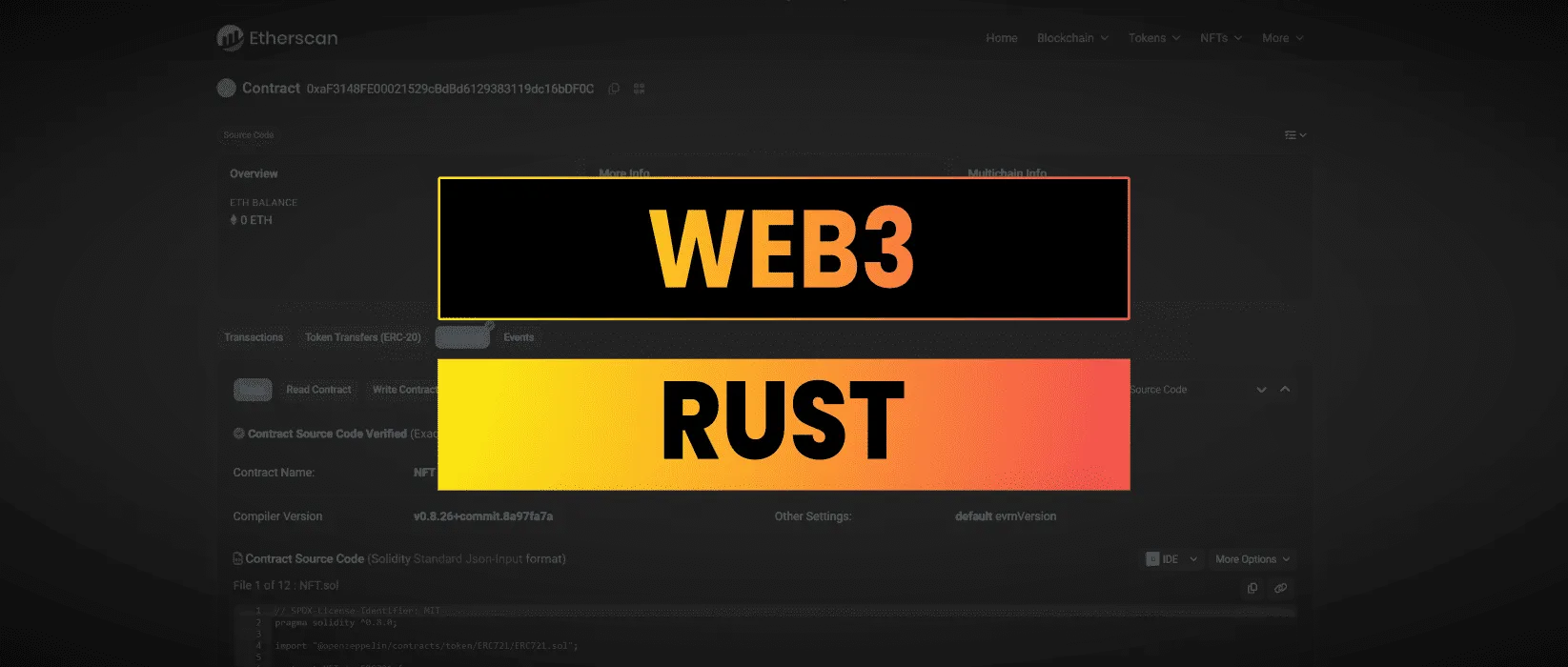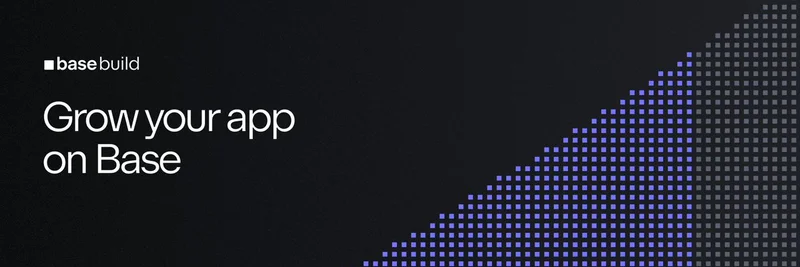The Rise of Rust in Web3: A Game-Changer for Developers
On April 13, 2025, P.M (@p_misirov) dropped a compelling post on X, highlighting why Rust is becoming a cornerstone in the web3 space. If you're a developer looking to break into blockchain, decentralized systems, or even cybersecurity, this thread is a wake-up call: Rust is the skill to master right now.
Why Rust Is Dominating Web3 Development
Rust, a programming language known for its performance and safety, is making waves in web3—a term that refers to the next generation of the internet powered by blockchain and decentralized technologies. P.M points out several key areas where Rust shines:
High-Performance Blockchain Systems: Major blockchain platforms like Solana, Aptos, Sui, NEAR, Polkadot, and parts of Cosmos rely on Rust for their infrastructure. For example, Solana uses Rust to achieve blazing-fast transaction speeds, often touted as a competitor to Ethereum.
Ethereum’s Fastest Node: The post mentions reth, the highest-performing Ethereum node, which is built in Rust. Nodes are critical for blockchain networks—they validate and relay transactions—and Rust’s speed makes reth a standout. However, a reply from @rustynode notes that Nethermind, another high-performing Ethereum node, is built in C#. While this adds nuance, Rust’s prominence in Ethereum infrastructure is undeniable.
Zero-Knowledge Proofs (ZK): In the world of privacy-focused blockchain tech, Rust is everywhere. Zero-knowledge proofs, or ZK proofs, allow one party to prove something to another without revealing the underlying data—think private transactions on a public blockchain. Rust is used in zkVMs (zero-knowledge virtual machines), cryptographic algorithms, and related infrastructure due to its ability to handle complex computations securely and efficiently.
Rust-Inspired Languages: New languages in the blockchain space, like Move (used by Aptos and Sui), Cairo (for Starknet), and Noir (for ZK circuits), draw inspiration from Rust’s syntax and safety features. This shows Rust’s influence is shaping the future of web3 development.
Beyond Web3: Rust’s Broader Impact
P.M’s post doesn’t stop at web3. Rust is also making its mark in other areas:
Web2 Giants: Companies like AWS, Microsoft, and Cloudflare are using Rust for critical infrastructure. For example, AWS uses Rust in performance-sensitive components like its Firecracker microVM technology.
Cybersecurity and Malware: On the flip side, Rust’s efficiency has caught the eye of cybercriminals. The post notes that more malware—like remote access tools (RATs), ransomware, and botnets—is being written in Rust. Why? Rust’s compiled binaries are hard to reverse-engineer, and its performance makes malware more effective. A 2021 article from BleepingComputer also highlighted privacy concerns with Rust, as its binaries can leak usernames, though developers can mitigate this by building in containers.
The Rust Talent Gap: A Golden Opportunity
One of the most actionable insights from P.M’s post is the market dynamics for Rust developers. Right now, the demand for Rust skills is high, but the supply of talent is low. This creates a golden opportunity for developers to upskill and stand out. A 2022 analysis from Yalantis predicted that Rust’s time to shine was coming, and P.M’s post suggests that moment has arrived.
However, there’s a catch. A reply from @0xromif humorously warns against spreading the word too much—more developers learning Rust could lead to an oversupply, potentially lowering salaries. For now, though, Rust developers are in a sweet spot.
How to Get Started with Rust
If you’re new to Rust, the learning curve can be steep—it’s often compared to C++ for its syntax but with stricter safety rules to prevent bugs like memory leaks. But the payoff is worth it. Here’s how you can start:
Start with Python First: A reply from @tabb_sol asks about starting from Python, to which P.M responds that Python is “the best way to learn programming fast.” Python’s simplicity makes it a great stepping stone before tackling Rust’s complexity.
Explore Web3 Projects: Dive into Rust by building a web3 backend. A 2023 tutorial on Medium by chalex walks through deploying a smart contract on Ethereum using ethers-rs and setting up an API with axum. This hands-on approach can help you understand Rust’s role in blockchain.
Learn ZK with Rust: If privacy tech interests you, check out resources like Crypto Village’s guide on implementing Bulletproofs (a type of ZK proof) in Rust. It’s a deep dive into the math and code behind ZK systems.
Community Reactions: Rust Is Changing Lives
The thread sparked a range of reactions. @ChilliguySpice shared that “Rust changed my life tbh,” reflecting the transformative impact the language can have. @marcotnunes clarified that while Cosmos and Tendermint are built in Go, the CosmWasm contracts and runtime are indeed in Rust, reinforcing the trend.
Why You Should Learn Rust Now
P.M’s post makes a strong case: Rust is at the heart of web3’s most exciting projects, from blockchain infrastructure to privacy tech. Its adoption by web2 giants and even its use in malware highlight its versatility. With a growing demand for Rust developers and a still-limited talent pool, now is the perfect time to jump in. Whether you’re building the next big decentralized app or securing a high-paying job, Rust could be your ticket to success in the evolving tech landscape.


